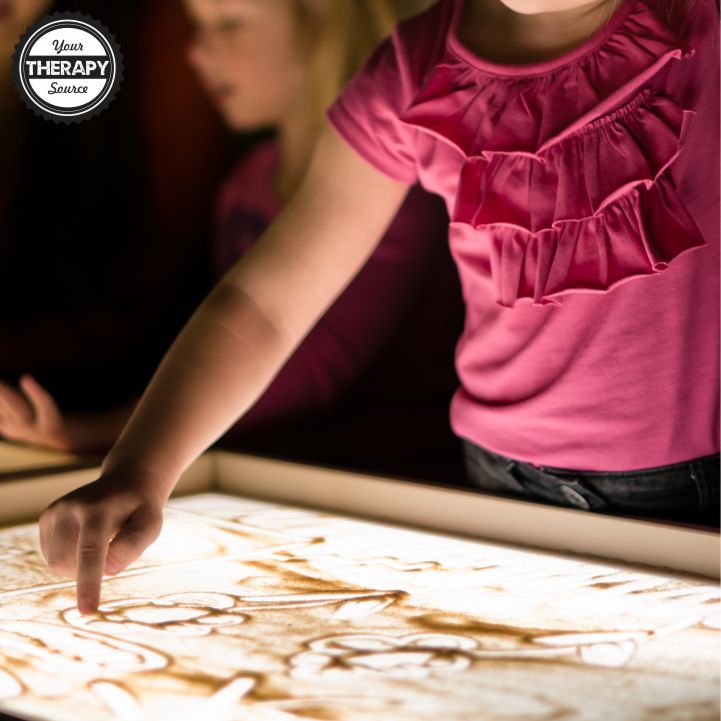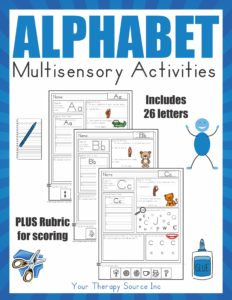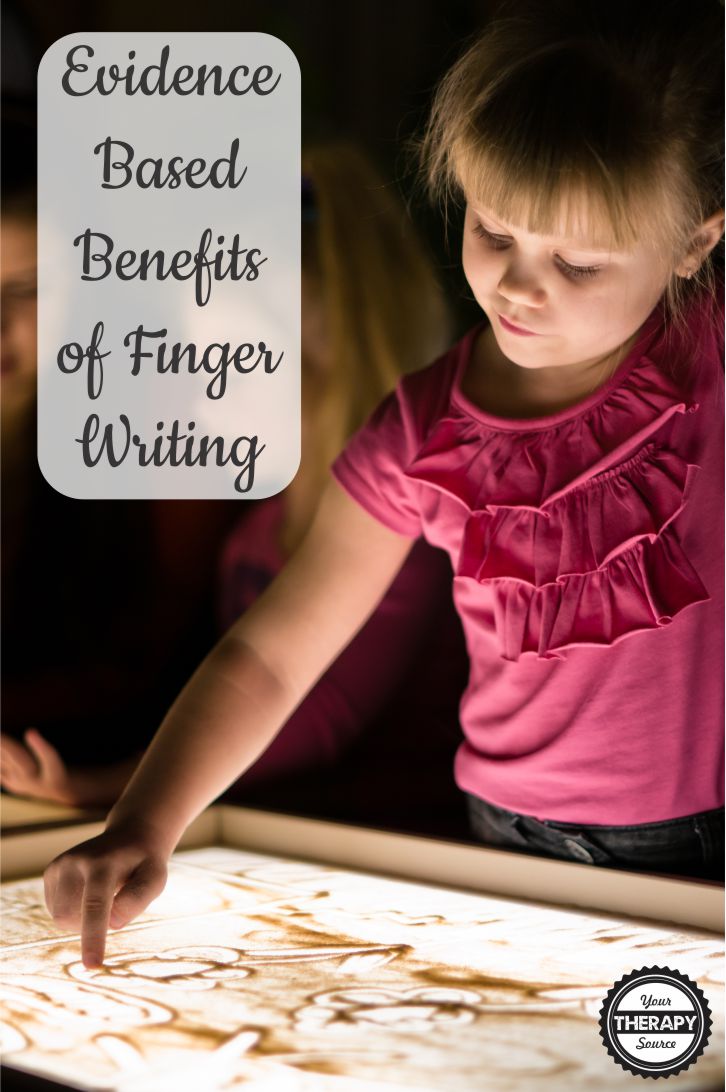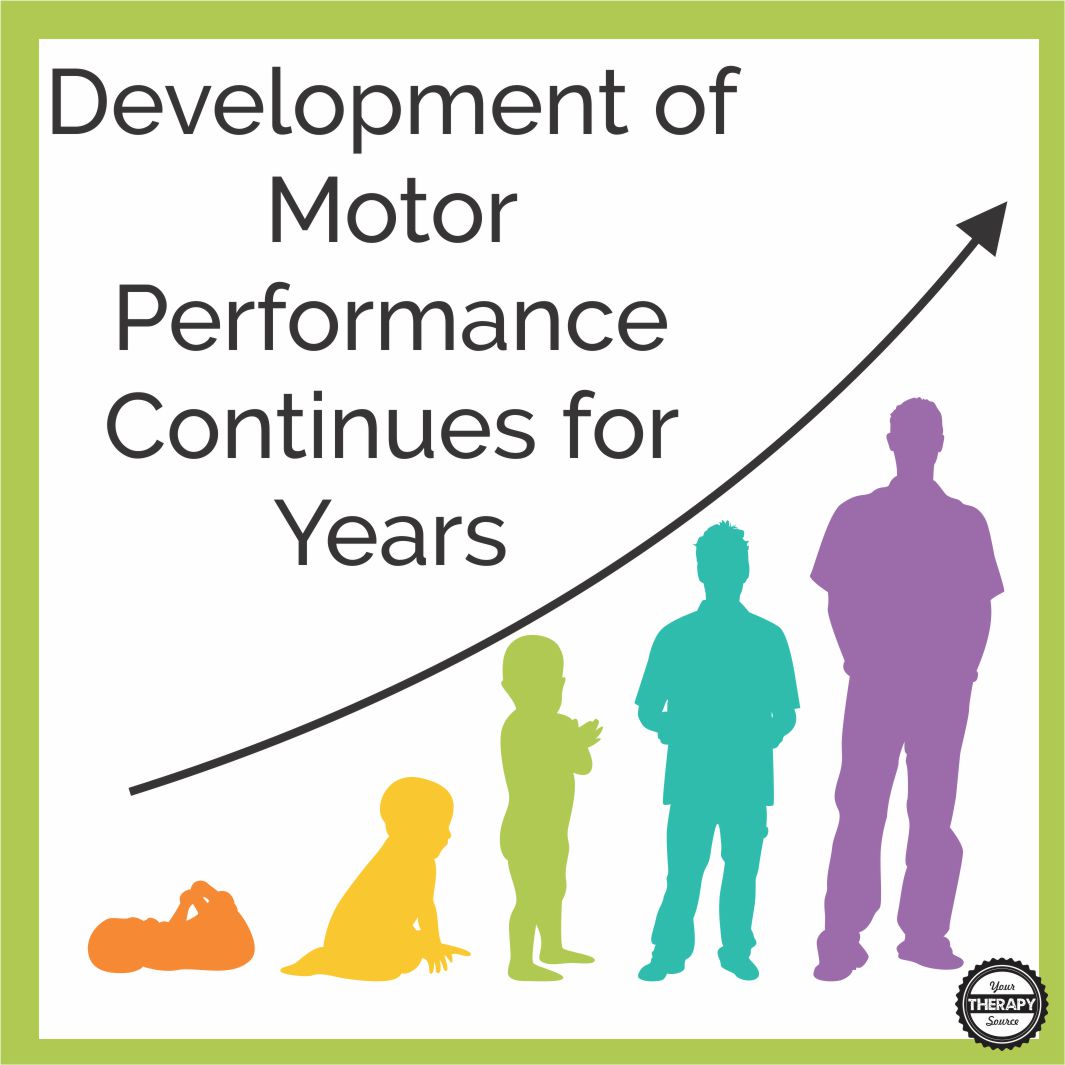Evidence Based Benefits of Finger Writing

Most pediatric Occupational Therapists and teachers know the benefits of multisensory learning to help with cognition. Reading and Writing recently published an article specifically on the evidence-based benefits of finger writing with children.
Methodology of the Study on the Evidence-Based Benefits of Finger Writing
The researchers wanted to determine the effectiveness of a finger-writing intervention on reading, spelling and handwriting performances for 5 children (ages 7-10 years old) with Developmental Language Disorder. The finger writing task was used to try and help the children improve the foundation of reading skills through grapheme to phoneme correspondences. For two months, the 5 children received individually either a finger-writing intervention or a control intervention, both focusing on phonological awareness and the learning of specific grapheme to phoneme correspondences. For the finger-writing intervention, the child explored with their fingers the shape of relief-graphemes and excavated-letter. For the control intervention, the same exercises were made except that the two finger-writing tasks were replaced by two visual discrimination tasks. Pre and post-tests were completed for reading, spelling, handwriting and phonological awareness.
Results of the Study on the Evidence-Based Benefits of Finger Writing
Following data analysis, the results indicated the following:
- children from the finger-writing intervention showed greater improvement than the children from the control group in learning grapheme to phoneme correspondences to improve their graphemic spelling.
- two of the three children from the finger writing intervention showed greater improvements in handwriting compared to the control group.
Reference
Van Reybroeck, M., & Michiels, N. (2018). Finger-writing intervention impacts the spelling and handwriting skills of children with developmental language disorder: a multiple single-case study. Reading and Writing, 31(6), 1319-1341.
If you need multisensory handwriting activities, check out these products:
The Multisensory Alphabet Activities digital download includes 26 activity pages for each letter of the alphabet plus a bonus rubric to track progress. Research indicates that children need to master four components in order to identify letters: letter recognition – the ability to recognize the shape and size of the letter, letter naming – recognizing that the shape of the letter is associated with a letter name, letter sound knowledge – determining what sound corresponds to the shape or name of the letter and letter writing – the ability to trace or write the letter with a pen in accordance with its shape and direction (Bara & Bonneton-Botte, 2017). Each worksheet addresses each of these components in addition to movement activities. A font similar to the Zaner-Bloser® font is used with dotted lines. FIND OUT MORE.

Looking for more multisensory handwriting activities? Check out a HUGE collection here – it includes the Multisensory Alphabet too!
The ABC’s of Active Learning © offers readers tons of multisensory literacy activities based on each alphabet letter. This book, based on years of experience as school-based therapists, is written by Laurie Gombash, PT with a Master’s degree in Education and Lindsey Justice, OT. FIND OUT MORE.
Multisensory Number Writing Bundle – This digital collection created by Thia Triggs, School Based Occupational Therapist, is packed with fun and engaging multisensory number writing activities. Numbers Next! includes five
Reversal Repair is a multisensory intervention that includes twelve sequenced research-based activities to help students with persistent letter reversals. This program builds automaticity of oral, phonological, and written use of these frequently confused letters.




